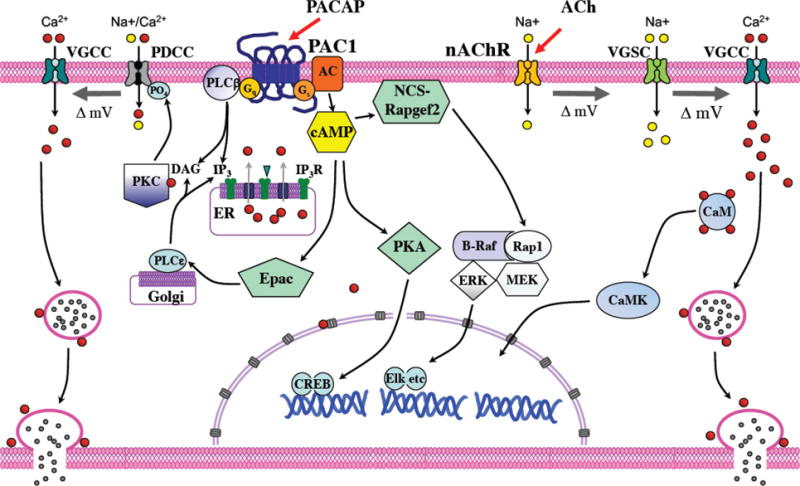Fig. 1. Schematic illustration of chromaffin cell signaling pathways leading to secretion of catecholamines by cholinergic and PACAPergic stimulation.

Signaling for secretion is indicated for each neurotransmitter as it is known or hypothesized to act on the mammalian chromaffin cell. PACAP-dependent signaling requires a phospho-dependent depolarizing cation conductance (PDCC) for activation of VGCC and secretion. The best characterized features of PDCC are that it requires phosphorylation by PKC for its activation and it is sensitive to inhibition by benzamil (50). The molecules most consistent with this pharmacological and functional profile are the sodium-calcium exchanger (50) and TRPP3 (17). As comprehensively as possible the authors have depicted the pathways for which the available evidence is strongest and most consensual across mammalian species, albeit features proven for some mammalian species may not be established for all, and especially may not be established clinically (i.e. in human; and see text). Scheme adapted from (62).
